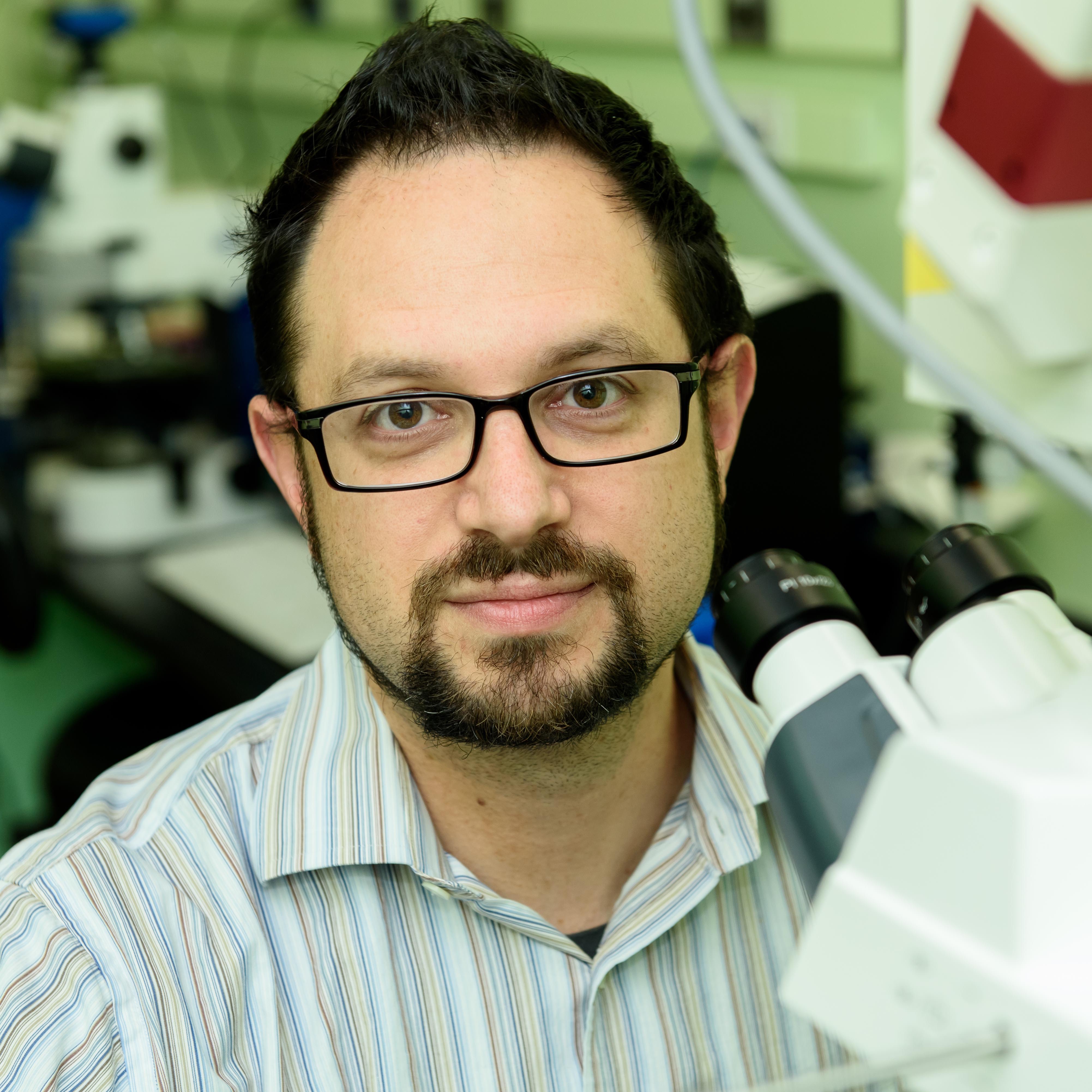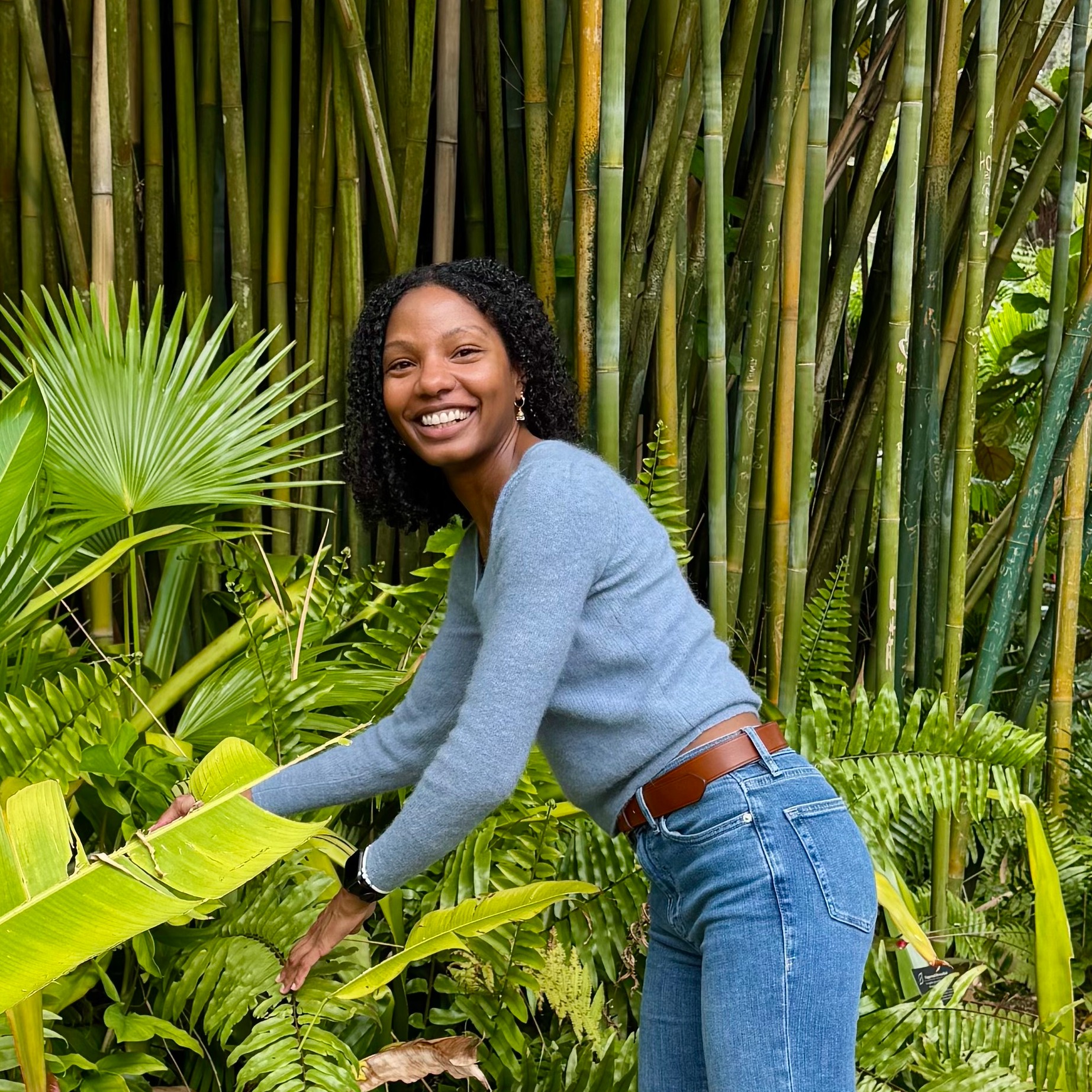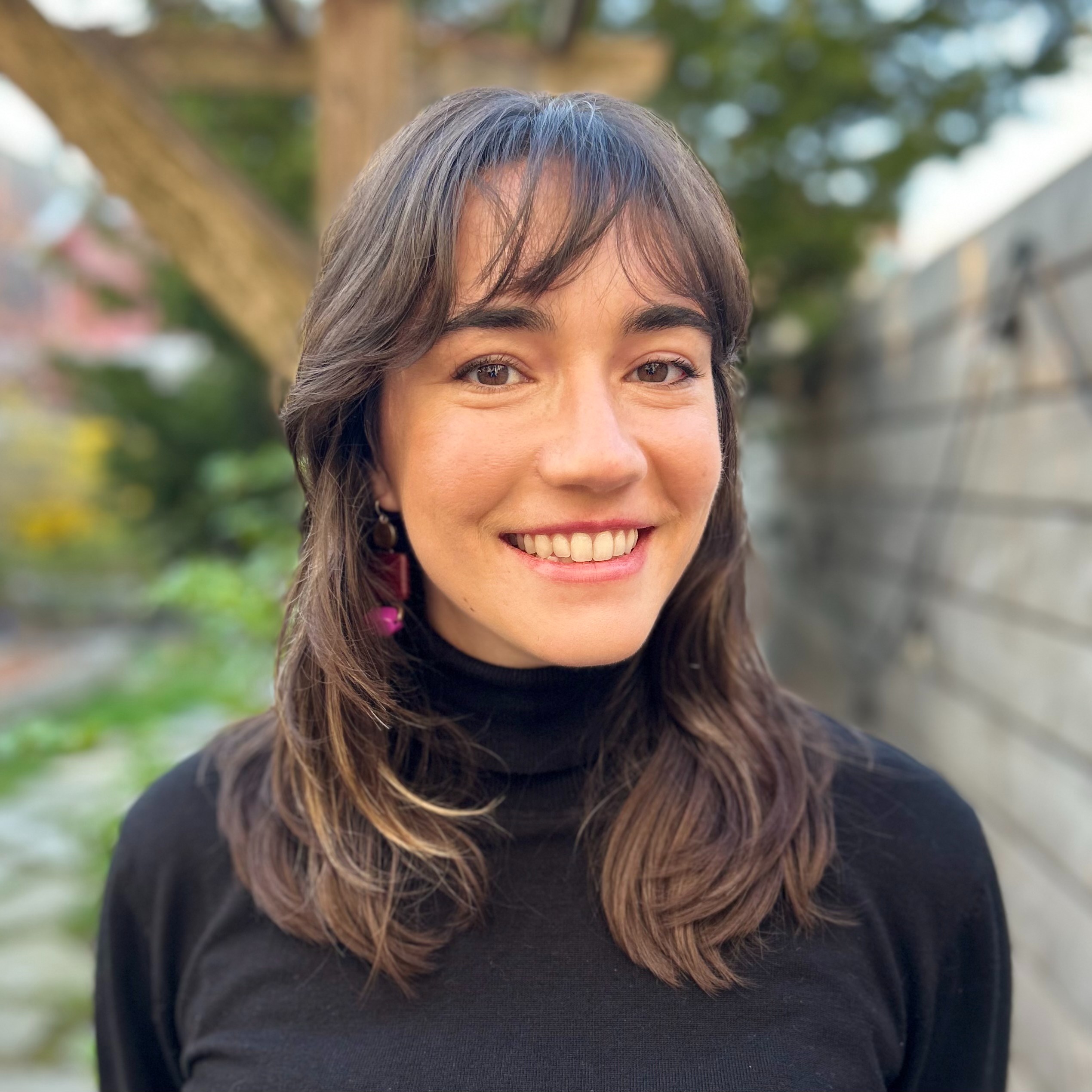Project Results
About This Project
Over $1.425B has been invested into spider silk companies, yet less than 20 annotated spider genomes are available on NCBI, and current spider research is phylogenetically skewed. This is prohibiting the scientific community from identifying novel traits in non-orb weaving spiders. By sequencing and annotating a whole genome of an understudied spider, the local community can interact closely with biology while contributing to the collective pool of knowledge.
Ask the Scientists
Join The DiscussionWhat is the context of this research?
Recombinant spider silk proteins — spidroins — that are comparable to native spidroins have been sought after for decades due to their strength, toughness and elasticity. Recognizing the potential textile, medical and beauty applications of spidroins, companies have sprinted to commercialize these proteins.
Over $1.425B has been raised with the hopes of capturing a majority of the projected $1.984B spidroin market, yet much is to be discovered about spiders more broadly. Most research efforts have been placed on studying and recombinantly expressing major and minor ampullate silks given their contribution to the strength and elasticity of orb webs for Araneidae spiders. Thus, non-Araneidae spiders are understudied despite their unique traits and uses for silk.
What is the significance of this project?
Although we have seen a meteoric rise in investor interest and available spider silk datasets such as the Spider Silkome Database, there are roughly 15 available annotated spider genomes available on NCBI and most of these are for orb-weaving (Araneidae) spiders. In an effort to quickly replicate this remarkable material by way of fermentation, we’ve neglected to consider how the potential commercial applications have shaped how basic research of spiders is conducted.
In fact, non-Araneidae spiders may be a source of overlooked novelty. For example, the ogre spider regrows its super-sensitive retinas daily. What can we learn about vision and regeneration that could lead to insights in human health?
What are the goals of the project?
This project aims to uncover basic science insights about a non-Araneidae spider species and to facilitate project-based learning of molecular biology, biochemistry and microscopy. Perhaps most importantly, the research will be published on an open and alternative platform and serve as an experiment to better identify how the Community Bio ecosystem can share, enhance and interact with research that emerges from community labs.
More explicitly, we aim to:
Sequence and annotate the whole genome of an understudied non-Araneidae spider species
Submit the annotations to NCBI and openly publish the methods and pipelines that led to the predicted annotations
Learn about the principles of Raman spectroscopy and convey those learnings to Genspace members and the community bio ecosystem
Budget
The Nanopore MiniION will generate long-read sequencing data while the Illumina MiniSeq will generate short-read sequencing data. Both datasets will increase our likelihood of creating high-quality genome annotations.
Although it is possible to evaluate DNA concentration from library preps with Nanodrop or Qubit, we will build a Raman microscope (OpenRAMAN) in order to teach the principles of spectroscopy to the community and compare the spectra to Qubit quantitation data. This will also make non-destructive chemical analysis available for other Genspace members.
We’ve established relationships with scientists studying arachnids such as Joe Arguelles, a PhD student in Cheryl Hayashi’s lab. Reserving funds for advisor compensation will improve the quality of our methods and ensure we have an “internal reviewer” while preparing for publication.
By publishing on PubPub, we’ll be able to receive a DOI and feedback from the scientific community directly on the “manuscript.”
Endorsed by
 Project Timeline
Project Timeline
In order to ensure that the community has the ability to learn about molecular biology, biochemistry and microscopy by participating in this community project, research will not begin until June 2024. The months of April and May will focus on explaining foundational concepts in phylogenomics, next-generation sequencing, Raman spectroscopy and more so that community members are empowered to significantly contribute to the scientific direction and research methods.
Jun 10, 2024
Project Launched
Jun 30, 2024
Literature review and phylogenetic analysis of represented spiders (whole genome and spider silkome)
Aug 16, 2024
Selected spider sequencing completed
Sep 30, 2024
Genome annotations completed
Oct 31, 2024
Results are published on PubPub
Meet the Team
Affiliates
Affiliates
Team Bio
EML's multifaceted expertise positions them to bring the project's goals to life. Jasmine's biochemistry expertise, including in spider silk, provides a strong foundation for designing and steering robust experiments. Kathy's molecular biology lab skills are essential for leading these experiments at the bench. Sally's lab automation skills streamline conducting a variety of assays efficiently. Meghan's computational biology experience enables comprehensive sequence analyses and other modeling.
Jasmine Neal
Jasmine is an amateur biochemist focusing on plant tissue culture techniques. She teaches houseplant micropropagation classes and organizes regular plant swaps, aspiring to open a plant-focused community biology lab in the East Bay.
She also leads Engineered Matter Labs (EML) — a team of independent researchers identifying understudied spider species that can serve as sources of novelty.
Previously, she was an ASAPbio Fellow and Entrepreneur in Residence at Arcadia Science. Prior to Arcadia, she was the Co-Founder leading product and operations at TUNE, where some of their clients included lululemon, Google, Northwell Health, and JW Marriott.
Sally Kong
Sally is a software engineer, artist, and hobby biologist based in Brooklyn, NY.
During the day, she has built artist tools and 3D production pipelines for feature animation and games at Blue Sky Studios, Netflix, and Rockstar Games.
Outside of work, she spends most of her time at Genspace, a community biology lab based in Brooklyn, NY.
Meghan Kane
Meghan is a doctoral researcher at Max Delbrück Center, Berlin Institute of Medical Systems Biology (Mittnenzweig & Robson labs) modeling gene regulation and chromatin function in development and disease. Since 2022, she's been a part of the vibrant Engineered Matter Labs team at Genspace NYC working to understand the remarkable properties of spider silk and design proteins inspired by it. She also helps as a global teaching assistant for MIT Media Lab's synthetic biology course during spring semester, "How To Grow Almost Anything."
Previously she worked in modeling high-risk viral mutations and phylogenetics at the Max Planck Institute for Molecular Genetics (Vingron lab). In a previous life, she worked as a software developer at companies such as SoundCloud. Her educational background is in computer science and mathematics.
Casey Lardner
Casey Lardner (she/her) is the Lab & Operations Manager at Genspace, the world's first community biology lab. She holds a Ph.D. in Neuroscience from the Icahn School of Medicine at Mount Sinai and completed postdoctoral research at Columbia University. Building on a background in ecology and evolutionary biology, much of her research used next-generation sequencing in mice and wild, urban rats to model and understand the human brain. As a graduate student, she co-directed an outreach group called “MINDS” and produced a science storytelling show called Studying the Brain. After her postdoc, she pursued full-time science communication and informal science education as a program coordinator in the Neuroscience Institute at NYU Langone. She is the president of BraiNY, a regional organization of the Society for Neuroscience in NYC and is enamored with all brains and minds – whether they belong to mice, pizza rats, people, or other living things.
Kathy Mu
Kathy works as an architect and has been a member of Genspace since 2019. She is interested in the use of biomaterials in the built environment and how the incorporation of these materials impacts building lifecycles and sustainability. At Genspace, Kathy is a co-lead for the Engineered Matters Lab developing protocols for experiments to potentially produce spider silk synthetically.
Project Backers
- 2Backers
- 100%Funded
- $10,010Total Donations
- $5,005.00Average Donation







